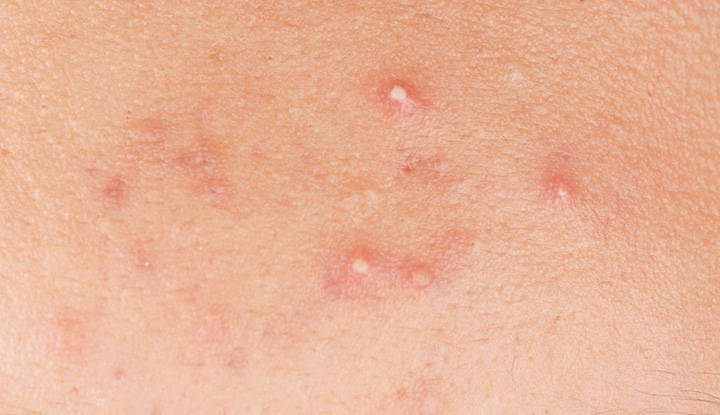A Guide To The Different Types of Acne and How to Treat Them
In honor of National Acne Awareness Month, we are diving into the different types of acne and how to treat them in a strong way.
Blemishes, bumps, pimples, cysts and breakouts are some of the terms used to characterize acne. Properly characterizing acne is the first step. While persistent acne should be identified by a skin professional due to its many causes, we've put together a list of the six main varieties of acne, how they develop, how they appear, and how you might address them.
This article is strictly for information purposes and should not be misinterpreted as medical advice.

1. Whiteheads

5 signs of stress on your skin
2. Blackheads
3. Papules
PRODUCTS THAT REDUCE inflammation
4. Pustules
5. Nodules
6. Cystic Acne
Treating and managing acne breakouts without damaging skin requires the use of synergistic ingredients that both, address acne and protect your skin's natural microbiome. While more severe cases of acne should be treated by a skin expert as they may require prescription medication and professional extraction, managing less severe acne can be done with potent, clinic-grade serums for acne prone skin like CALM Face + Hand Serum, which contains oil-regulating Niacinamide, antibacterial Lavender Oil and anti-inflammatory Cannabidiol and Cannabigerol (highest potency on the market).
*These statements are found to be accurate as of the time this blog is published.
Except where otherwise indicated, statements regarding products have not been evaluated by the Food and Drug Administration. This product is not intended to diagnose, treat, cure, or prevent any disease.
